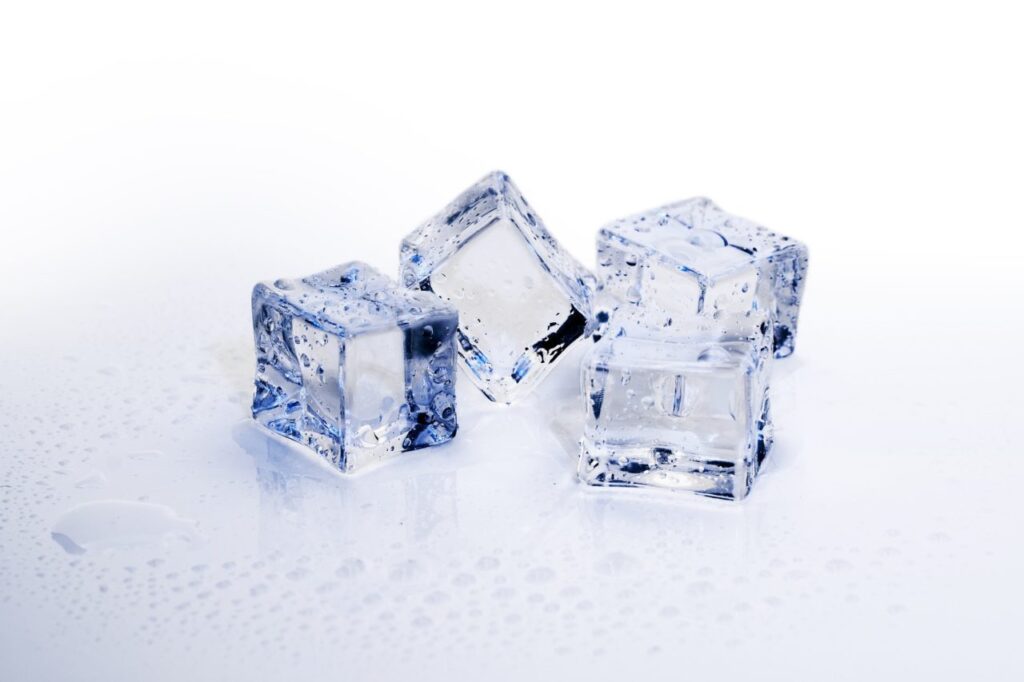How Do Ice Packs Work?
This article explains what is involved in the process of creating an ice pack, the various ingredients used in the process and the various scientific notation systems that are used. All this is done so that a person will have a better understanding of the process. Ice is formed by freezing various volumes of water using a freezer, then removing any air from the mixture. Then this frozen water is placed into a container such as a cooler to which liquid is added.
The key components involved in this type of process include hydrogen and oxygen, also known as HHO and O2. These two chemicals are very effective in providing an environment in which water can freeze.
The challenge that is present here is in the mixing of these two chemicals. In order for this to be done in such a way that it results in an ice form, significant effort is put into experimental chemistry. As this is extremely difficult to achieve, many elements are introduced into the mixture to control certain characteristics and effects such as density, surface tension and many others.
A good example of one of these elements introduced to this process is phosphorus. Phosphorus is in many cases much too dense to make it possible to use modern chemist equipment to create ice. This then requires that modern chemist get help from another type of element. This third element is known as a factor and is often used to control other characteristics of the final ice formation. Click here to know more.
In this particular case we are interested in the rate of reaction between the two chemicals mentioned above. In order to achieve this, we must incorporate a variable into this process called the rate of ice formation. We know this by expressing it in terms of volts per second (or cm/s) instead of in units of milliseconds. If we could measure the rate at which certain substances freeze then we could calculate the mass of each molecule of ice produced.
There are many uses for ice packs in modern day life. One of the most common is for the transportation of fluids, particularly water. At many places there are frozen lakes and other bodies of water close to main roads. At night, these bodies of water become denser because of the temperature. At night, especially in warmer climates, these denser waters can carry much more weight than during the day. The extra weight will make the vehicle travel faster.
It seems a strange concept that the introduction of ice packs to sports, such as skiing, could have an impact on performance. To test this, the athletes involved strapping a piece of ice onto their ski boots before they leave the slopes. The results show a large decrease in speed and an increase in the time it takes to stop. Although this seems like a strange method of improving performance, some believe it is due to the extra grip provided by the ice.
Some Ice Pack Manufacturers have developed new ways to use ice to improve performance. One company has developed a type of ice called iTube that is used to increase forward speed. Although this does not sound particularly exciting, it may help one to move faster when crossing a railroad track or trying to beat a car!
One major benefit of using ice packs is that they provide increased resistance to impacts. They also reduce the noise level created by an impact. Many athletes use ice packs when practicing or racing. If you want to be competitive, try using an ice pack before a race or practice session!
Read our other Business Articles.




